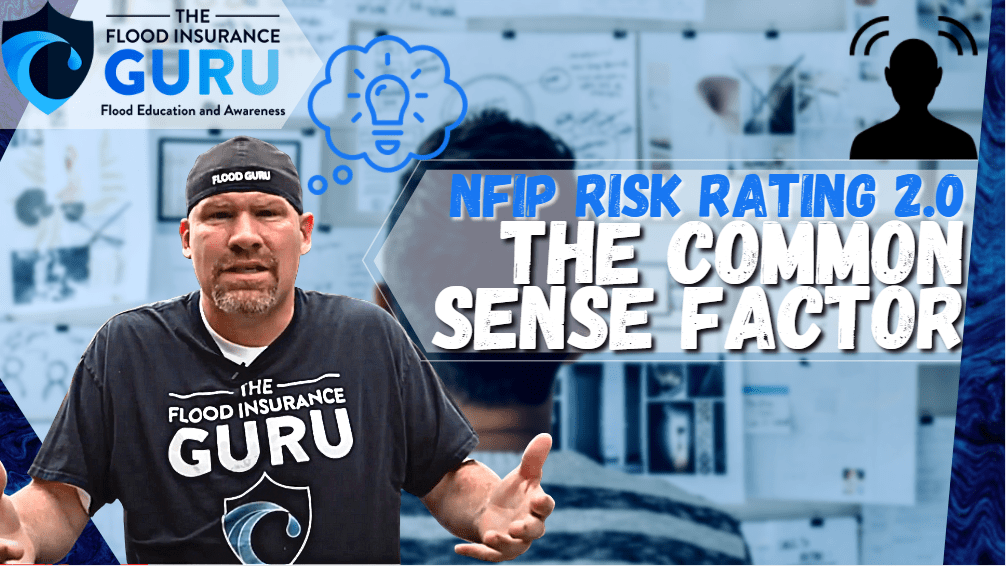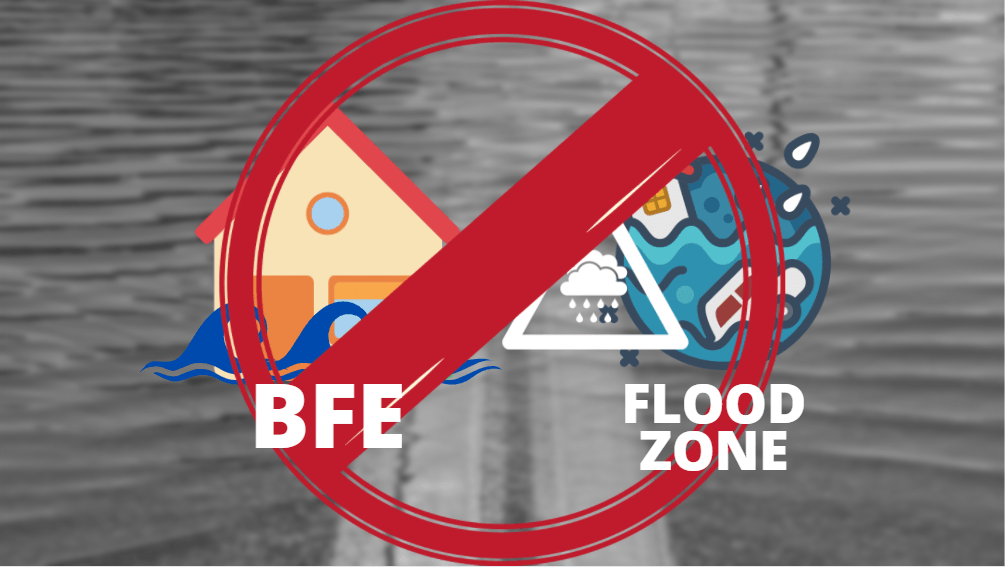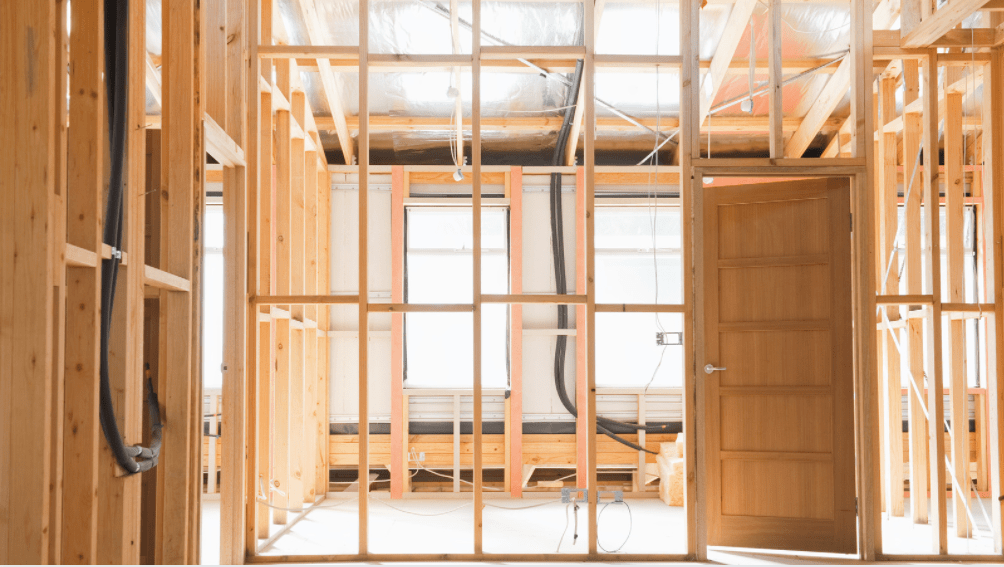NFIP Risk Rating 2.0 Equity in Action: The Common Sense Factor
October 4th, 2021 | 2 min read
By Chris Greene


The National Flood Insurance Program is releasing its new program Risk Rating 2.0 on October 1, 2021.
This is what the National Flood Insurance Program (NFIP) bringing flood insurance into the 21st century.
The National Flood Insurance Program is removing things like flood zones and base flood elevation to determine flood insurance premiums and helping people better understand flood risk.

They are using things like distance to water, type of flooding, replacement cots, and the difference between the ground and lowest habitational floor.
While these things are all great and will hopefully help insurance agents, property owners, and realtors better understand risk. There seems to be one factor missing and we call it the common sense factor.

The new Risk Rating 2.0 program seems to be so locked into these new factors that it is ignoring obvious important information for rating methodology. The pricing methodology also seems to be ignoring this one factor.
Let's give you a good example. Recently, we have been helping a builder who is completing a project in Louisiana. While building a new home, his rate while under construction is around $600 a year. That's really low for a building that has a lot of exposure while being built.

He is approaching completing the building, so he needed to see what the flood insurance is going to be. Once complete, the flood insurance is going to be over $3000 a year. That's crazy when you think this thing has walls and is roofed now.
What's even crazier is through the build process this builder saw the exposure for flooding to occur. So not only did he meet the flood plain management guideline by building at a higher level. He raised the property by more than 9 feet.
Yet this is not being used as a lead rating factor. We understand that water source is going to be playing a big role on flood insurance premiums as well as flood frequency. However, property characteristics like raising a property should play a larger role in rating methodology and pricing methodology.

We have discussed in the past how some of these rating disparities could have a big impact on the individual property value and real estate market value in an area.
In the past, we expected to see this in coastal areas that are impacted by storm surges but this new program is taking into consideration how heavy rainfall will impact an area.
In parts of Florida, we have seen premiums go from $700 a year to $6400 a year in the new Risk Rating 2.0 program.

In Birmingham Alabama, we have seen properties go from $3500 a year in the legacy program to $1200 in Risk Rating 2.0.
Starting October 1, 2021, flood insurance policies with the National Flood Insurance Program will use these new rating factors. So if you are an insurance agent, you want to make sure your customers are aware of these changes.
FEMA is still stating they can not have premium increases of more than 18% in a given year.
However, it's important to remember the rating methodology is different from Risk Rating 2.0.

So if you are struggling to understand how your new flood insurance rates will be determined then make sure to visit our flood learning center by clicking here.
If you want to look at the different flood insurance coverage options available then click here.
Remember we have an educational background in flood mitigation which means we are here to help you understand flood risks, flood insurance, and how to mitigate your property when it comes to flooding.
-rgb-300px-w-300ppi.png?width=350&height=124&name=tfig-logo-inverted-(for-dark-backgrounds)-rgb-300px-w-300ppi.png)
-rgb-300px-w-300ppi.png?width=301&height=107&name=tfig-logo-inverted-(for-dark-backgrounds)-rgb-300px-w-300ppi.png)

